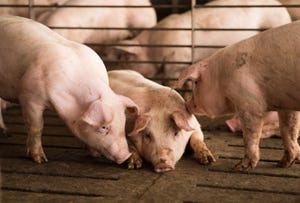Different Distillers Grains May Change Feed Rations
September 22, 2014

Ethanol plants are getting more efficient at extracting fuel from corn, and that can affect the quality of distillers grains, a byproduct of ethanol production often used as an economical feed alternative for hogs and poultry.
“They are doing some further extraction to get more of the corn oil out of distillers grains,” says Marcia Shannon, University of Missouri Extension swine specialist. “So we’re getting a little bit different product out of those ethanol plants.”
Shannon says the swine and poultry industries need to be aware of the source, extraction methods and crude fat level of their distillers grains.
There are three main types of distillers grains: traditional, with more than 10% crude fat; low-fat, with 5% to 9% crude fat; and de-oiled, with less than 5% crude fat.
Shannon says that low-fat distillers grains will probably have lower energy content. Producers should get a sample analyzed or talk to their source to find out what kind of extraction methods are being used at the plant.
Shannon notes that more than just the total crude fat level is important when determining rations. Oil left in the grain after extraction is less digestible than the oil taken out, she says. The extracted oil was probably 92% digestible while the remaining oil is only around 50% digestible.
“You can get by feeding the low-fat without changing the nutrient profile of the diet and not affect performance,” Shannon says. “But if you have an ethanol plant that is doing de-oiled distillers where it’s less than 5% crude fat and you don’t alter that diet and add energy, you probably will see a reduction in performance of those grow-finish pigs.”
You May Also Like



